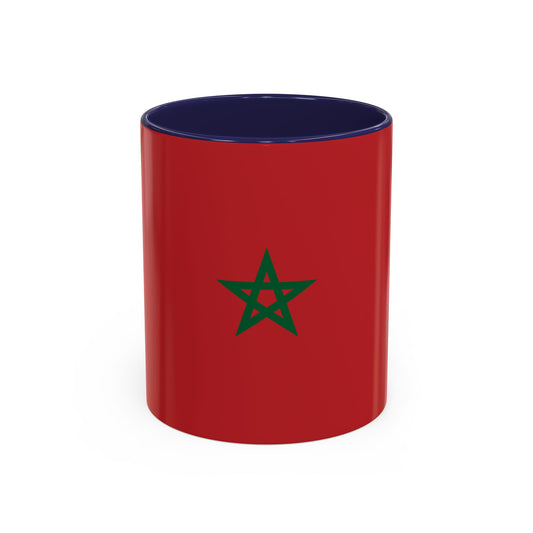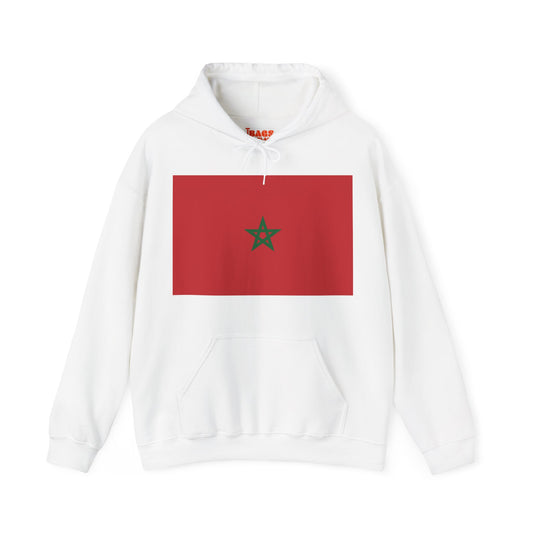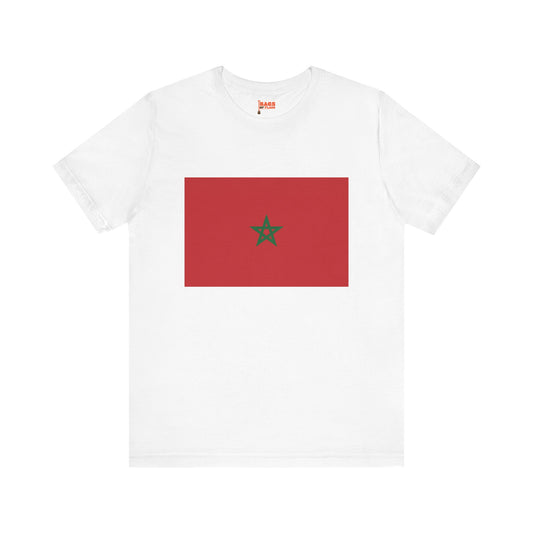-
Morocco Flag Sweatshirt
Regular price $34.15 USDRegular priceUnit price / per -
Morocco Inspired Sweatshirt
Regular price $34.15 USDRegular priceUnit price / per -
Morocco Pillow
Regular price $22.65 USDRegular priceUnit price / per -
Morocco Backpack
Regular price $59.79 USDRegular priceUnit price / per -
Morocco Leather Patch Hat
Regular price $18.85 USDRegular priceUnit price / per -
Morocco Mug
Regular price $11.65 USDRegular priceUnit price / per -
Morocco Trucker Cap
Regular price $14.90 USDRegular priceUnit price / per -
Morocco Hoodies
Regular price $34.40 USDRegular priceUnit price / per -
Morocco Inspired Hoodie
Regular price $34.40 USDRegular priceUnit price / per -
Morocco T-shirts
Regular price $22.79 USDRegular priceUnit price / per -
Morocco Inspired T-shirt
Regular price $22.79 USDRegular priceUnit price / per -
Morocco Flag Hoodie
Regular price $34.40 USDRegular priceUnit price / per -
Morocco Flag on T-shirt
Regular price $22.79 USDRegular priceUnit price / per
Collection: Morocco
The Morocco flag, with its vibrant red background and distinctive green pentagram, symbolizes pride and heritage for the North African nation. This iconic flag holds a wealth of fascinating facts and hidden stories that shed light on its rich history and cultural significance.
Overview of the Morocco Flag

At the heart of the Morocco flag lies a rich tapestry of color and symbol, featuring a deep red field boldly contrasted by a central green pentagram. This striking design is a visual spectacle and a profound embodiment of Morocco's national ethos. The red hue of the flag's backdrop is deeply entrenched in the nation's history, symbolizing the bravery and strength of its people. In stark contrast, the green pentagram, also known as the Seal of Solomon, stands at the flag's center, acting as a beacon of the Islamic faith and illustrating the spiritual guidance that shapes the moral fabric of Moroccan society.
Together, these elements create a flag that is not just a national emblem but a narrative of resilience, faith, and unity that resonates with every Moroccan. The interplay of color and symbolism crafts a visual story that is both captivating and inspiring, making the Morocco flag a vivid representation of the country's past, present, and future aspirations.
Historical Context of the Morocco Flag

The journey of the Morocco flag to its current form is a narrative steeped in the nation's quest for identity and sovereignty. Before adopting the existing design in 1915, the flag underwent a significant evolution reflective of Morocco's historical milestones. The original solid red banner, a traditional color of the ruling Alawite dynasty, symbolized the country's royal power and the blood of those who fought for the nation. In the early 20th century, amid Morocco's spirited push for independence from foreign dominion, the flag was reimagined to include the green pentagram. This addition marked a pivotal moment in Morocco's history.
This change was not merely aesthetic but deeply symbolic, intertwining the country's Islamic faith with its burgeoning national identity. The introduction of the pentagram, or the Seal of Solomon, on the flag occurred during the reign of Sultan Yusef, a period characterized by significant social and political upheaval. The timing of the flag's redesign highlighted the nation's resilience and determination to forge a unified identity in the face of colonial encroachment.
The flag's transformation from a simple red field to the inclusion of the green pentagram encapsulates Morocco's rich tapestry of cultural and historical narratives, symbolizing a bridge between the past and the country's aspirations for self-determination and unity.
Symbolism Behind the Morocco Flag
The interplay of hues and shapes on the Morocco flag carries profound meanings rooted in the nation’s ethos and values. The predominant red that swathes the flag is a powerful emblem of courage and hardiness, echoing the valor of Moroccans through centuries of struggle for sovereignty and dignity. This color also pays homage to the historical significance of the Alawite dynasty, underlining the deep connection between the royal lineage and the people of Morocco.
Central to the flag’s design, the green pentagram, or the Seal of Solomon, symbolizes life, prosperity, and national identity. Each point of the star represents one of the five pillars of Islam—Faith, Prayer, Charity, Fasting, and Pilgrimage—underscoring the Islamic foundation upon which Moroccan society is built. The green color of the pentagram, often associated with Islam, reflects hope and joy, further cementing the flag’s role as a beacon of spiritual and national guidance.
Together, these elements weave a narrative of resilience, faith, and unity, articulating a message of solidarity and pride that transcends the flag's fabric. Through its colors and emblem, the Morocco flag narrates the enduring story of a people rooted in tradition yet forward-looking in spirit and unity.
Current Relevance of the Morocco Flag
In modern Morocco, the flag not only adorns government buildings and flutters at military parades but also holds a place of honor in the hearts of Moroccans. It is a common sight at local and international sporting events, symbolizing national pride and the unity of the Moroccan people. In times of national achievement or celebration, the flag becomes a rallying point, bringing together Moroccans from all walks of life. Additionally, it plays a significant role in educational settings, where the history and symbolism of the flag are taught as part of the curriculum, instilling a sense of patriotism in young minds.
While discussions about its design have surfaced, these debates have only highlighted Moroccans' deep emotional and cultural connections with their flag. Its presence in political and social activism also underscores its significance as a symbol of the people's voice and aspirations. As Morocco navigates the complexities of the 21st century, the flag remains a steadfast emblem of national identity, reflecting the enduring spirit and resilience of the Moroccan people.
Additional Facts About the Morocco Flag
Displaying the Morocco flag involves ceremonial precision that underscores its importance to the nation. A unique aspect of this flag is the inclusion of the green pentagram, which sets it apart on the global stage as a symbol of distinct Moroccan identity and Islamic heritage. This emblem is a point of national pride and a beacon of spiritual significance that resonates with the Moroccan people. Additionally, the flag's impactful design has transcended national borders to influence various forms of creative expression.
Artists, writers, and musicians have drawn inspiration from its vibrant colors and meaningful symbolism, incorporating these elements into their works to celebrate Morocco's profound cultural and historical narratives. Through such artistic endeavors, the flag inspires a sense of unity and patriotism among Moroccans, further solidifying its role as an enduring symbol of the nation's heritage and aspirations.


























